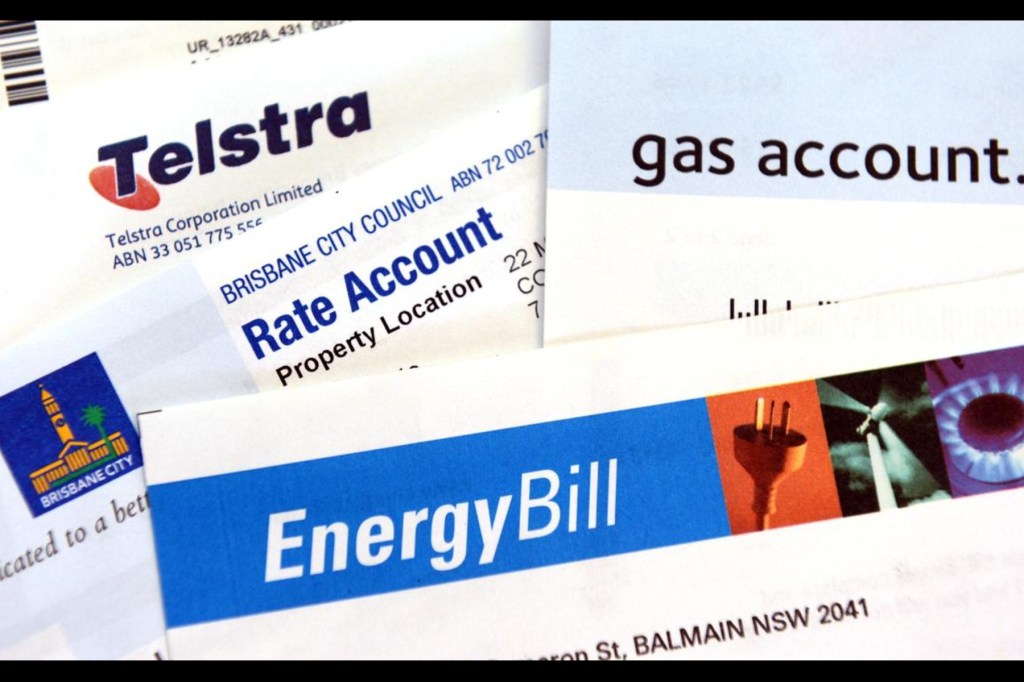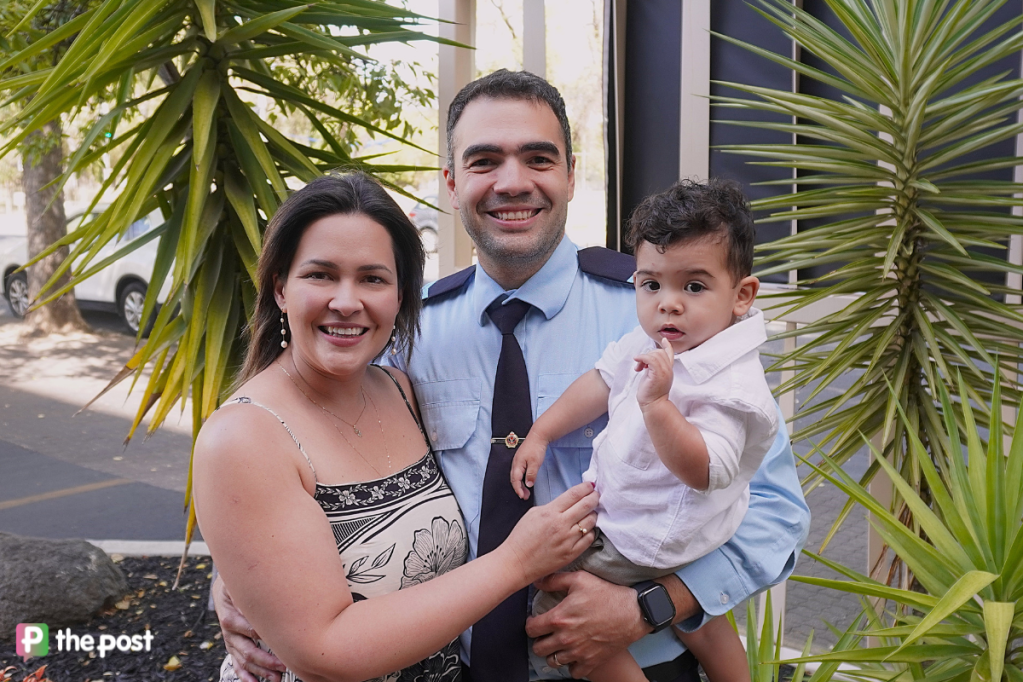Surge in number of Australians seeking debt help
Australians are struggling with the mounting cost of living, with the National Debt Helpline fielding a significant increase in calls.

Inflation may be easing but Australians are still acutely feeling the effects of higher prices, with a substantial increase in people seeking financial help.
More than 169,000 people sought help from the National Debt Helpline in 2024 – a 12 per cent increase on the previous year.
The increase showed how difficult it was for many Australians to get by at the moment, said Peter Gartlan, co-CEO of Financial Counselling Australia, which co-ordinates the helpline service.
“Cost-of-living pressures are mounting and having a significant impact on the financial well-being of many thousands of Australians,” he said.
While people contacted the helpline for a variety of reasons, the main ones were: housing stress, including mortgage, rent, rates and body corporate fees; utilities; credit card debt; personal loans; buy now pay later; and debts to the Australian Taxation Office.
The figures are a reminder that even though inflation figures have moderated, prices and financial stress levels remain elevated.
September’s headline quarterly inflation number was back within the Reserve Bank of Australia’s target range at 2.8 per cent.
But the impact on household finances has not abated.
Australians have suffered the worst decline in living standards among OECD economies – as measured by real household disposable income per capita – since September 2021.
Stay informed, daily
The drop in purchasing power is also being felt by small businesses.
Nearly 80 per cent of small to medium businesses experienced an impact to their cash flow in the last 12 months, a survey commissioned by the Commonwealth Bank has found.
Declining revenue, low cash reserves and seasonal fluctuations were the most common factors impacting cash flow, with more than a quarter of small business owners dipping into personal savings or foregoing paying themselves a salary to get by.
“It’s not surprising that the economic challenges of the past year have resulted in cash-flow impacts for many Australian small and medium businesses,” said Rebecca Warren, CBA’s executive general manager of small business banking.
Australians struggling financially are advised to contact the National Debt Helpline online or over the phone.








